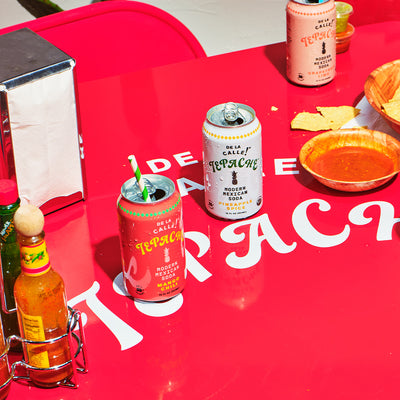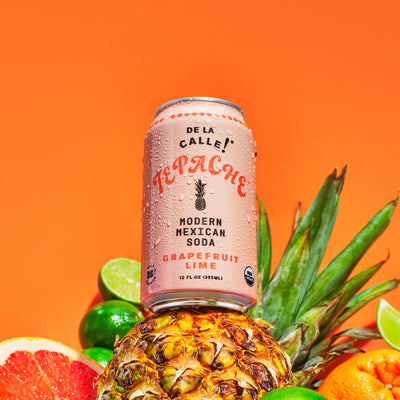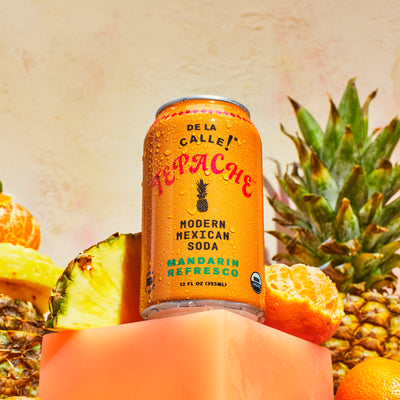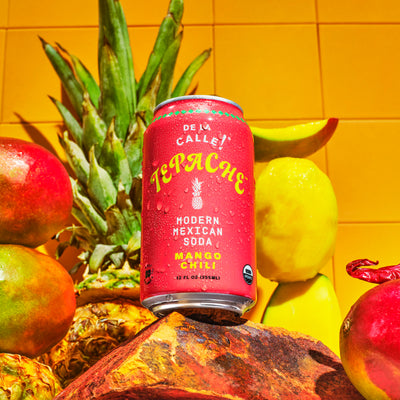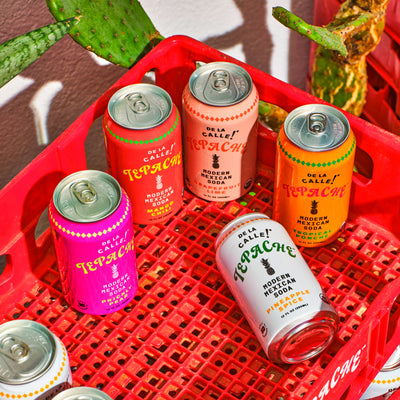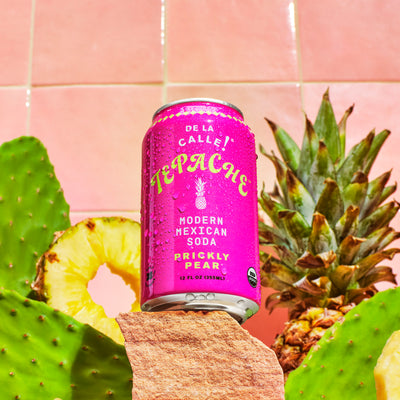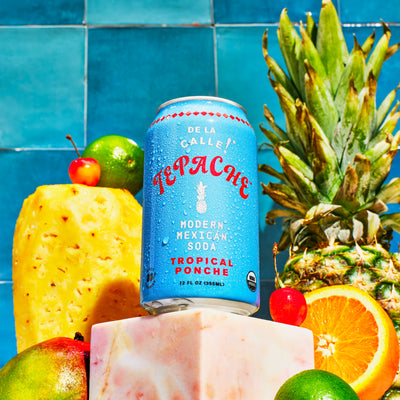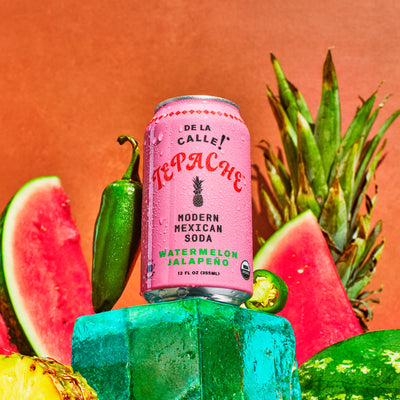Types of Mezcal: The Ultimate Guide

Mezcal is a popular item on many cocktail lists, and it’s a very versatile liquor. Its deep smoky flavor lends itself well to many different cocktail creations.
You have likely heard of mezcal being associated with tequila, as the two spirits tend to go hand in hand. Both are made from the agave plant, and both are essential ingredients in many authentic Mexican beverages.
Mezcal, tequila, horchata, and tepache are all staples in the Mexican beverage game. But what sets all of these different drinks apart?
Most notably, what separates mezcal from tequila, and the crux of why you’re here, what are the different variations of mezcal?
Technically, tequila is a type of mezcal. Mezcal is the umbrella category for all liquors made from the agave plant.
It can get a little confusing when we talk about all of the different types of mezcal that exist and their relationship to tequila. Tequila is a kind of mezcal, a product of a specific agave plant, the blue agave. Most often, tequila is made from the Blue Weber agave.
This is only the first glimpse into all of the different kinds of mezcal out there. There is so much to explore in the wide world of mezcal.
The Three Classifications of Mezcal
Mezcal can be separated into three distinct categories. These are mezcal, mezcal artesanal, and mezcal ancestral.
These three variations of mezcal are set apart by their methods of production. The most industrial of the three is mezcal, as it is produced with high-tech processes.
While mezcal ancestral requires a much slower, more rudimentary method of harvesting and distilling, mezcal artesanal implies that the spirits are made in a specific region that could include either pit roasting or the use of masonry ovens.
Beyond the three major mezcal categories, dozens of varieties are created from the industrious agave plant.
The Varieties of Mezcal
Because of the large number of different species of agave plants and the array of names used to identify them, classifying mezcal variations can be a little prickly.
Different genus and species of agave plants tend to have two names—one colloquial, regional name, and one scientifically cataloged name. This complicates the task of communicating the differences between distilled batches of mezcal and the plants they’re made from.
Even so, deviations of mezcal variety do not depend too greatly on the kind of agave plant used. While tequila can only be made from one specific kind of blue agave, mezcal has a little more wiggle room.
Mezcal will be classified both by the method used to make it (ancestral, industrial, etc.) and the type of agave it contains.
Let's get into the different kinds of agave and the multitude of mezcal they produce. Of course, it is important to note that the practices of certain regions and each Mescalero (what we call someone who produces mezcal) inform the finished product of each distillation.
No mezcal is exactly like another. That is part of the beauty of the spirit.
Espadín
Espadín is the most common variety of agave. For this reason, it accounts for the majority of mezcal production.
The espadín variety is closely related to the blue agave, the variety used in tequila. For this reason, it may be a more familiar taste to those newer to mezcal but already familiar with tequila.
The broad-reaching array of spirits that include espadín allows for a lot of personalities to be infused by specific brands and Mescaleros. When tasting mezcal made with espadín, the flavors can vary greatly.
Tobalá
Tobalá mezcal falls on the fancier end of the mezcal spectrum. This variation of the agave plant is harvested wild.
Tobalá agave thrives in dry, rocky soil, and it prefers a shadier space and high altitudes. This variety of agave makes you work to enjoy the fruits of its labor!
Tobalá mezcal is often infused with fruity, dynamic flavors. It is the preferred variant for many Mescaleros who produce mescal artesanal.
This mezcal variant is also more expensive. Bottles can go for anywhere between $100 and $300.
Tobaziche
This variety of agave produces many of the labels you are likely to recognize on shelves, although it’s not quite as common as espadín mezcal. Tobaziche is a member of the Karwinskii agave family.
Tobaziche produces many versions of mezcal, and like the Tobala, tends to lean towards fruitier flavors. Tobaziche is harvested wild primarily, rather than being farm-grown.
Tobaziche mezcal varieties can have a great variety of flavors, though they often feature savory, botanical flavors.
This family of mezcal can get pricey as well. This mostly has to do with the efforts involved in harvesting the plant in the wild.
Farm-grown agave is more accessible for farmers and Mescaleros. This is reflected in their prices.
Tepeztate
This variety of mezcal brings truth to the phrase, “good things come to those who wait.”
Tepeztate agave plants take up to thirty years to reach maturity. For this reason, there is no steady supply. It is a coveted and versatile type of agave.
The flavors and essences in this mezcal are intense. They have a scent that often gives imbibers a general impression of certain colognes.
Though an eau de parfum may not excite you in terms of a beverage, tepeztate rewrites that narrative. More than a few mezcal fans enjoy this revered variant.
Thanks to its bright yellow blossoms, the tepeztate variety is unmistakable in the wild. Its taste is as beautiful as the plant itself.
Arroqueño
The final variety of mezcal that every agave enthusiast must know about is arroqueño. This agave is the most common in the United States.
Arroqueño can range in flavor from herbal to spicy. Most commonly, arroqueño varieties will have strong spicy tastes. These varieties are even known to offer bitter, chocolatey notes on occasion. This variety can be floral, vegetal, hot, or bittersweet. Arroqueño is a Jack of all agaves.
Agave Galore
These Mezcal varieties are just the tip of the iceberg in many ways. Though these are the most likely culprits that might be making an appearance in your next mezcal cocktail, there are hundreds of agave varieties making their way into mezcal cocktails.
There is no right or wrong way to enjoy your mezcal. You do not have to be an agave expert or a studied botanist to appreciate the work and artistry that go into mezcal production.
With this base knowledge of mezcal, test out the different variations and see if you have a favorite mezcal variation. And you know what just so happens to go perfectly with the smoky, vegetal flavor notes of mezcal? Tepache!
Sources:
agave- Definition, Uses, & Facts | Britannica

